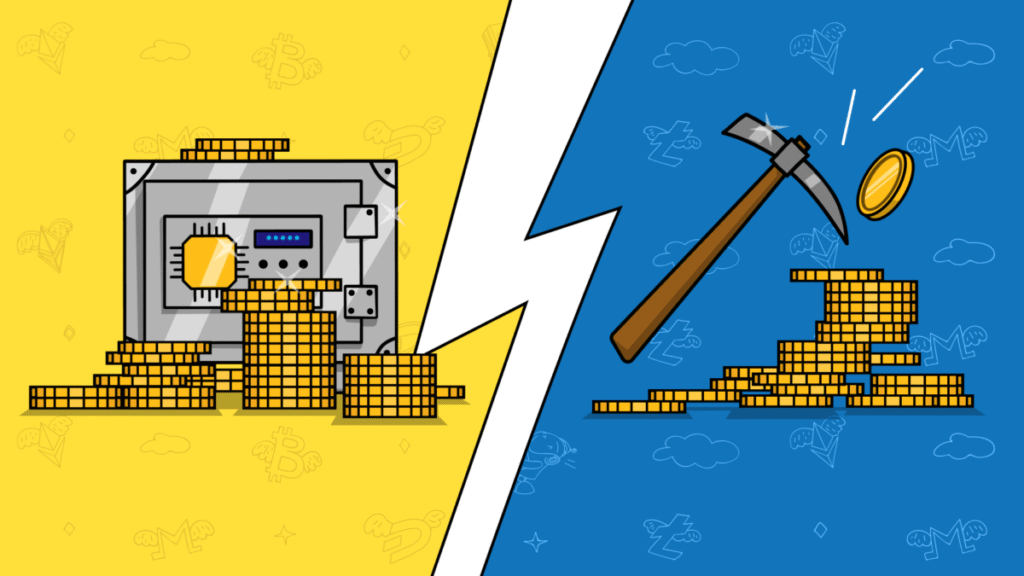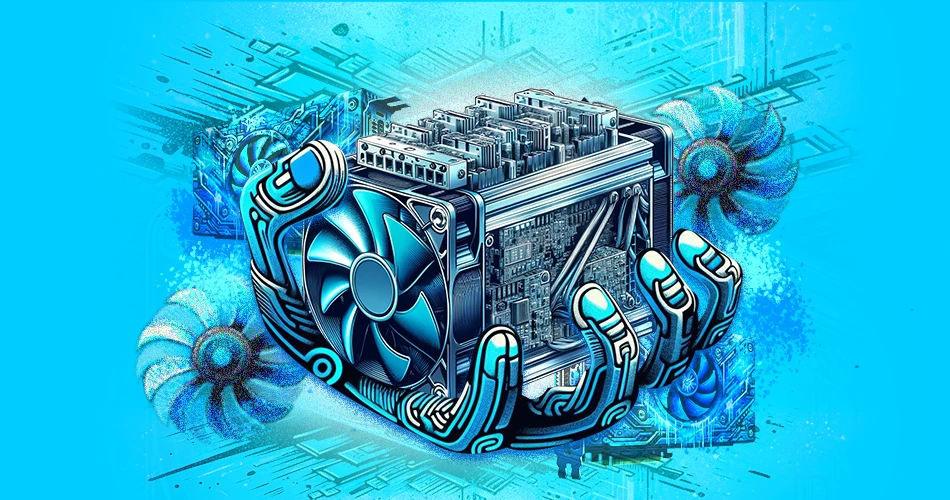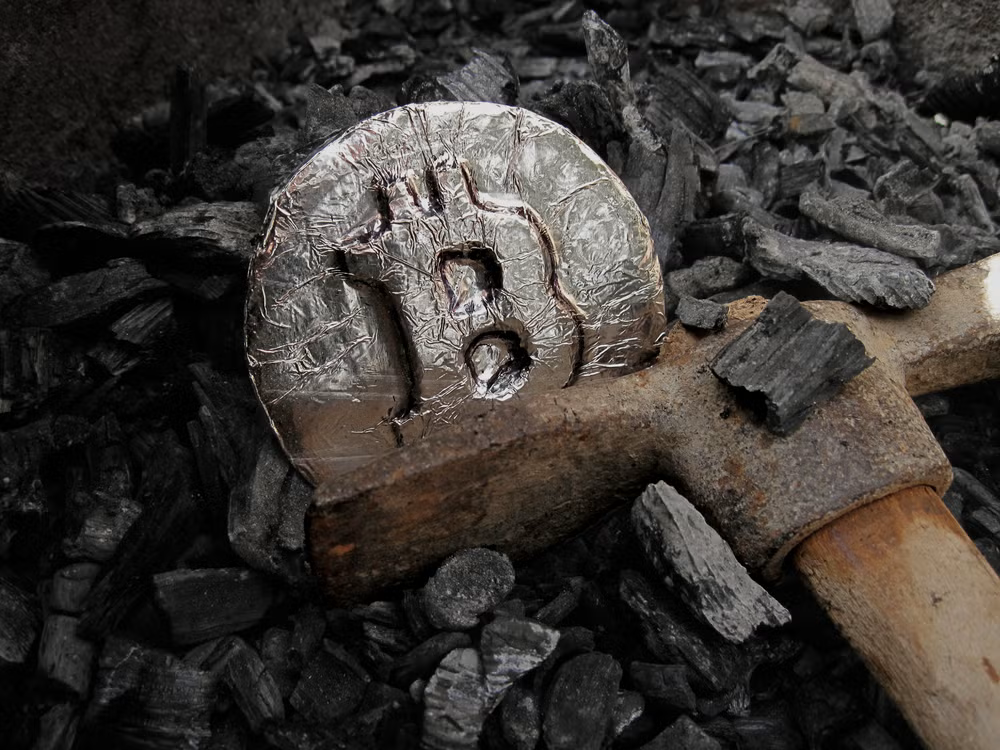As you explore ways to earn in the crypto space, you’ll often encounter two popular approaches: mining and staking. While both allow you to participate in and benefit from blockchain networks, they work very differently. Understanding these differences—and how mining (especially with a host like Bitmern) stacks up—helps you pick the right path.
What Is Mining?
Mining refers to the process used by proof-of-work (PoW) blockchains (most prominently Bitcoin) to validate transactions and produce new coins. Miners use specialized hardware (ASICs) to solve complex cryptographic puzzles. The first to solve the puzzle gets to add the next block and earns a block reward (plus transaction fees).
This approach uses computational power and energy to secure the network.
What Is Staking?
Staking is common on proof-of-stake (PoS) blockchains. Instead of solving puzzles, validators propose new blocks based on how many coins they have “staked” (locked) and how long they’ve held them. The consensus relies more on economic commitment than on raw compute power.
Key Differences at a Glance
| Feature | Mining (PoW) | Staking (PoS) |
|---|---|---|
| Hardware / Setup | Requires specialized ASICs, cooling, power infrastructure | Requires owning & locking tokens; hardware/energy demands lower |
| Energy & Resource Use | High energy consumption, hardware wear and tear | Generally far lower energy use |
| Entry Cost | High upfront cost (hardware + hosting) | Lower barrier—buy tokens & stake |
| Revenue Mechanism | Block subsidy + transaction fees | Staking rewards from network + possible fees |
| Risk Profile | Hardware depreciation, power cost volatility | Token price risk, lock-up period, slashing risk |
| Network Security Role | Provides hashing power and network resilience | Provides economic stake and governance participation |
| Best Use Case | Large-scale operations, hosting models (like Bitmern) | Passive income for token holders |
Why Mining (Especially with Bitmern) Can Be a Strong Choice
- Scalable performance: Hosting with a service like Bitmern means you don’t need to manage hardware, cooling, power in-house. They provide infrastructure so you can benefit from mining without all the operational burdens.
- Efficiency & Hosting Advantages: Mining remains viable if you have good power costs, efficient hardware, and high uptime. Bitmern’s sites (in locations like Ethiopia & USA) aim to provide those efficiencies.
- Better alignment for Bitcoin: Since Bitcoin remains a PoW chain, mining it means you directly participate in its network security and earn rewards from its protocol structure.
- Transparent model: With mining, you can measure results (hashrate, uptime, power cost) more directly than with some staking models that depend heavily on network mechanics and token lock-ups.
Where Staking Still Makes Sense
- If you prefer lower complexity, fewer operational risks (no physical hardware, no cooling/power/breakdown to worry about).
- For token holders of PoS native chains who want to earn rewards by staking rather than mining.
- In jurisdictions or setups where energy costs or hardware logistics make mining less viable.
What to Consider Before Choosing
- If you opt for mining, ask: What is my power cost? How efficient is the hardware (Joules per TH)? What uptime can I realistically expect?
- If you go the staking route: What is the lock-up period? What’s the reward rate? What are the risks (validator downtime, slashing, token price drop)?
- For both: What is the regulatory environment? How transparent is the provider? What is the long-term sustainability of returns?
Final Thoughts
Mining and staking are both valid ways to earn crypto. But they serve different needs, involve different inputs, and carry different kinds of risks and rewards. If you’re dealing with Bitcoin and want to focus on the tangible performance side of things, mining (especially via a reputable host like Bitmern) might be more aligned with your goals. If you’re a token holder in a PoS network and prefer simplicity, staking could be a better fit.











